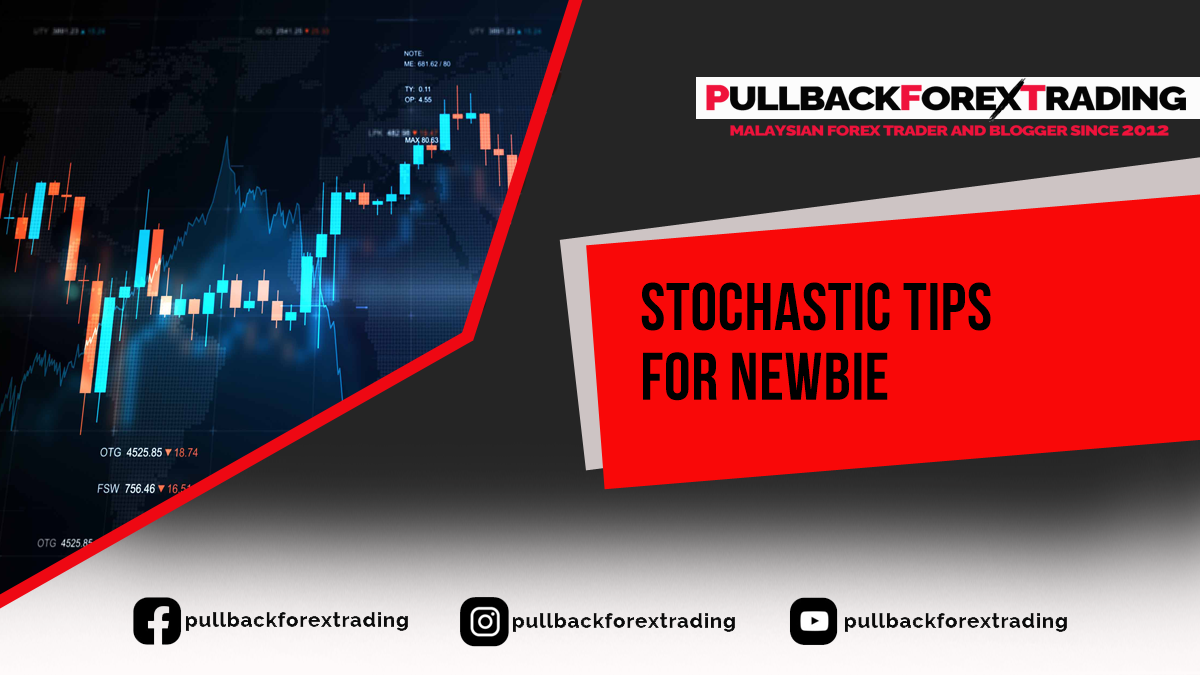
STOCHASTIC TIPS FOR NEWBIE
The Stochastic Oscillator is a popular momentum indicator that helps traders identify overbought and oversold conditions in the market, as well as potential trend reversals. Here are some useful tricks and tips for using the Stochastic Oscillator effectively:
1. Understanding the Basics
- Overbought & Oversold Levels:
- When the Stochastic Oscillator is above 80, the market is considered overbought and might be due for a pullback or reversal.
- When it’s below 20, the market is considered oversold and might be due for a rally.
- %K Line & %D Line:
- The %K line is the fast-moving line (usually represented as a solid line).
- The %D line is the moving average of the %K (usually a dotted line).
- The crossover of these lines can signal a potential trade opportunity.
2. Use Stochastic in Trending Markets
- In an Uptrend: Only take trades when the Stochastic Oscillator comes out of oversold levels (below 20). This helps you align your trades with the dominant trend.
- In a Downtrend: Focus on trades when the Stochastic Oscillator comes out of overbought levels (above 80). Again, this keeps you in line with the broader trend.
Tip: Avoid going long in overbought conditions during an uptrend, and avoid going short in oversold conditions during a downtrend.
3. Stochastic Crossovers
- When the %K line crosses above the %D line in the oversold area, it can be a buy signal.
- When the %K line crosses below the %D line in the overbought area, it can be a sell signal.
- Tip: Combine crossovers with other confirmation tools, like price action or support/resistance levels, to improve the reliability of signals.
4. Divergence Between Price and Stochastic
- Bullish Divergence: When the price makes lower lows, but the Stochastic Oscillator makes higher lows, this can be a signal of a potential reversal to the upside.
- Bearish Divergence: When the price makes higher highs, but the Stochastic Oscillator makes lower highs, it indicates a potential downside reversal.
- Tip: Use divergence as an early warning for trend reversals, but wait for confirmation (like a crossover or a candlestick pattern) before entering a trade.
5. Adjusting Settings for Different Markets
- The default Stochastic settings (14, 3, 3) may not work perfectly for all markets. Consider tweaking the settings depending on the asset or timeframe you’re trading.
- For volatile markets or short-term trading: You might want to use faster settings (e.g., 8, 3, 3) to catch quicker signals.
- For less volatile or longer-term trades: Slower settings (e.g., 21, 5, 5) can reduce noise and provide more reliable signals.
6. Combine with Other Indicators
- Moving Averages: Combining the Stochastic Oscillator with moving averages (e.g., 50 EMA or 200 EMA) can help filter signals. Only take trades in the direction of the moving average.
- Support and Resistance: Look for Stochastic reversals near key support or resistance levels to improve the accuracy of your trades.
- RSI: The Relative Strength Index (RSI) can complement the Stochastic, providing additional confirmation of overbought or oversold conditions.
7. Multiple Timeframe Analysis
- Use the Stochastic Oscillator on higher timeframes (e.g., daily or weekly) to identify the overall trend. Then, switch to lower timeframes (e.g., 1-hour or 4-hour) to find precise entries using the Stochastic crossovers or overbought/oversold signals.
8. Avoid Choppy or Sideways Markets
- The Stochastic Oscillator can generate false signals in sideways or choppy markets where price moves within a tight range. In such environments, it may give frequent overbought or oversold readings that don’t result in meaningful price moves.
- Tip: Combine Stochastic with a trend indicator, like the ADX (Average Directional Index), to avoid false signals during sideways markets.
9. Timing Your Exit
- You can also use the Stochastic Oscillator for exit points. If the Stochastic reaches the overbought zone (above 80) during a long trade, it might be a good time to lock in profits. Similarly, if it reaches oversold levels (below 20) in a short trade, consider exiting.
10. Patience and Discipline
- Don’t rush into trades just because the Stochastic reaches overbought or oversold levels. Wait for confirmation such as price action or a line crossover before pulling the trigger.
- Tip: Combine Stochastic signals with a trading plan and risk management strategy to ensure consistency.
By applying these tricks and tips, the Stochastic Oscillator can become a valuable tool in your trading toolbox, helping you identify opportunities and improve decision-making.

